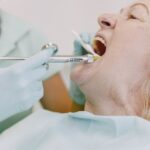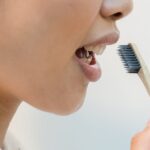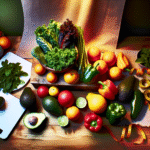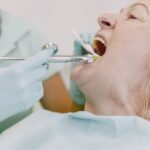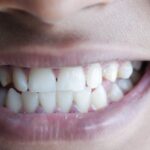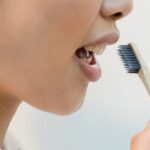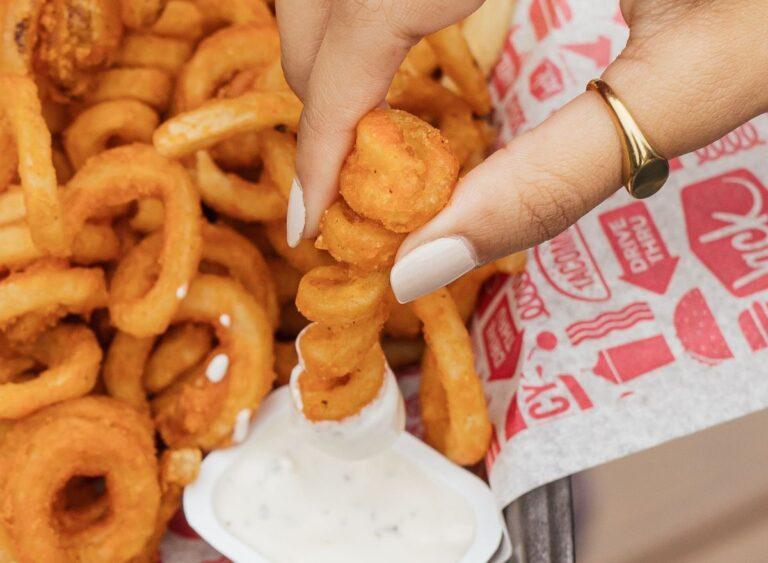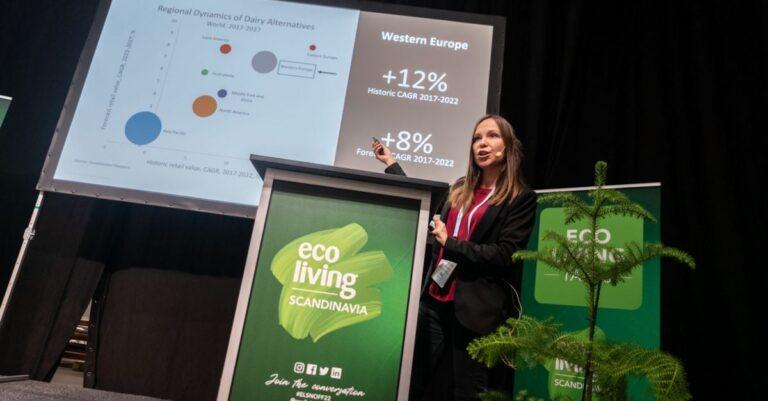Masks are making a comeback this winter, and the COVID-19 pandemic isn’t the only reason. Blame a “tripledemic” of three highly contagious respiratory illnesses: COVID-19, respiratory syncytial virus (RSV), and seasonal flu.
“Beyond the high-risk persons, everyone is encouraged to wear a mask at present, because the three viruses are so prevalent at this time,” says William Schaffner, MD, a professor of infectious disease at Vanderbilt University Medical Center in Nashville.
Roughly 1 in 7 Americans now live in communities with high levels of COVID-19 transmission, according to a report released December 8 from the Centers for Disease Control and Prevention (CDC). And their ranks are rising fast.
On top of this, we’re on track to have the worst flu season in more than a decade, with an estimated 8.7 million cases, 78,000 hospitalizations, and 4,500 deaths from flu as of November 26, according to the CDC. And the CDC has also warned of a surge in RSV cases, particularly among children, that has strained hospitals coast to coast.
While the CDC is not mandating masking, the agency is strongly encouraging it. According to the CDC, masks are most important for people in communities with high levels of COVID-19 transmission; individuals at high risk of serious complications from respiratory illnesses; people gathering indoors; and everyone traveling on planes, trains, buses, and other forms of public transportation.
“One need not wait on CDC action in order to put a mask on,” CDC director Rochelle Walensky, MD, MPH, said during a press briefing on December 5. “We would encourage all of those safe, preventive measures — hand-washing, staying home when you’re sick, masking, increased ventilation — during respiratory virus season, but especially in areas of high COVID-19 community levels.”
Health officials in some of the largest U.S. cities are issuing similar advice. Los Angeles recommended indoor masking earlier this month, and also urged people to get vaccinated and boosted to protect against COVID-19. New York City (PDF) issued its own updated mask recommendations stressing the need for indoor masking — especially in schools, on subways, and at home when you’re sick and living in close quarters with family or roommates.
For people weary of masking, but worried about the risks of traveling and gathering with family and friends this holiday season, here are Dr. Schaffner’s answers to some common questions about masks right now:
Q: What would you say to someone who doesn’t want to go back to wearing a mask?
A: My first suggestion is that the person look at themselves and assess their own risk for getting more severe disease if they become infected with any of the three nasty respiratory viruses: COVID-19, influenza, and RSV. If infected, you are at substantially increased risk of needing hospitalization, requiring ICU admission, or dying if you:
I strongly recommend that such persons wear a mask when they are around other persons, indoors, for long periods. This includes shopping, religious services, indoor athletic events, and the like. Further, if you are a close caregiver to a high-risk person, you should wear a mask.
Q: If somebody wants to avoid masking as much as possible, when should they definitely wear a mask and when might it be okay or at least less risky to skip it?
A: Masks are most important indoors in groups of people. They are less important outdoors. But even at an open stadium football game with spectators cheering and shouting lustily, there is risk of transmission.
Q: What’s the best type of mask at this point?
A: The N95 and KN95 masks are best because they provide a more secure fit around your cheeks and chin. Surgical masks are next best. Cloth masks should not be used as they provide little or no protection. All masks must be worn above the nose, otherwise they are worthless.
Q: When it comes to masking, should people also think about RSV or flu risk even if their local COVID-19 transmission rate is low?
A: Mask-wearing will reduce the risk of acquiring and spreading all three of the serious respiratory viruses that now are so contagious: COVID-19, influenza, and RSV. I would consider all three.
Q: If a person recently recovered from a COVID-19 infection and is now symptom-free, or is fully vaccinated and boosted, do they really need a mask now?
A: Yes, because the omicron variants can nonetheless cause mild infections in such persons. Those infections can be spread to others if not contained by a mask.
Q: Speaking of boosters, what does it mean to be fully vaccinated and boosted at this point?
A: To be up to date, everyone age 6 and older should have received the initial vaccine series along with the updated bivalent booster. If you have not received the bivalent booster, you are not up to date. You should wait at least two months since your last vaccine dose or at least three months since recovering from a COVID-19 infection to get the booster.
This content was originally published here.



